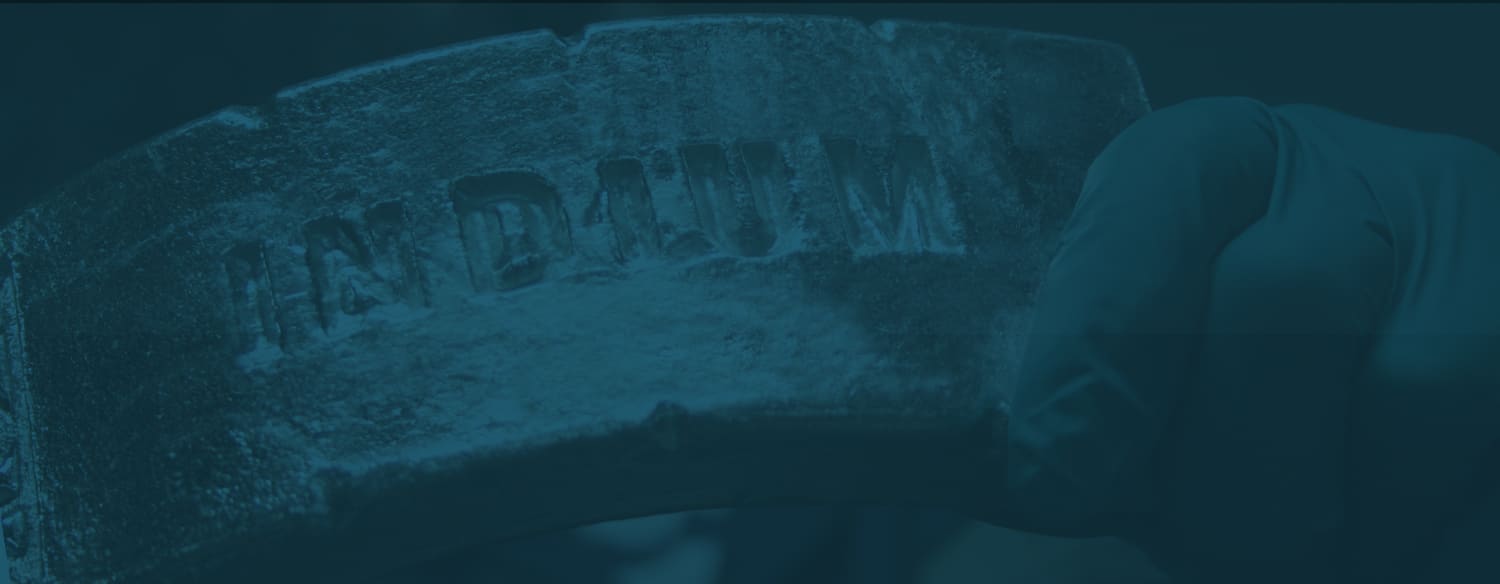Die-Attach Soldering Using Indium Alloys
There are at least three significant reasons to use indium solder alloys in your die-attach operation: Physical performance, Supplier reliability, Mat...
Applying Solder Preforms – Regional Tech Support On Site
One of the best parts of working with Indium Corporation is the application assistance you will get as a customer. Most people wouldn’t think mu...
Specifying Solder Preforms - The Effect of Quantity
For a solder supplier, the value of knowing the potential demand volume for a part is more important than just to gauge future sales – it is imp...
The Largest Trade-off in Printing UltraFine Solder Pastes is in Reflow
In a six-part SMT assembly series, we discussed the advantages of using fine powder solder pastes to improve process yields for stencil printing, espe...
Who Makes Your Solder Preforms?
This year I’ve had the chance to work, and become friends, with Bryan Dygert, one of our solder preform manufacturing work cell operators at the...
A Look Inside SMTA Certification with Tim Hults
Indium Corporation’s newest Global Accounts technical service engineer, Tim Hults, recently earned his SMTA Process Certification. Indium Corpor...
Soldering to Magnet Wires with 50In50Pb Alloy
The Indium Corporation recently had a customer contact us looking for 50In50Pb solder wire. We manufacture large amounts of this indium-lead mat...
Partially Cleaning No-Clean Solder Paste - the Godzilla effect
The other day I was watching the classic film “King Kong vs Godzilla” with my son. At one point, I believe related to some prequel t...
Square with Radius Corners vs. Circular Apertures: SMT Optimization for Success Part 4:
In our continued investigation and quest to improve solder paste printing for fine-feature paste deposits, we also found that consistency (low standar...
Low-Temperature Solders: Important, Valuable
New developments are happening almost daily in the electronics device world: phones that do much more than just convey voice, clothing that monitors a...
SMT Optimization for Success Part 3: Flux Chemistry
SMT Optimization for Success Part 3: Flux Chemistry In our continued discussion on optimizing the stencil printing process (see Part 1, Part 2), the t...

